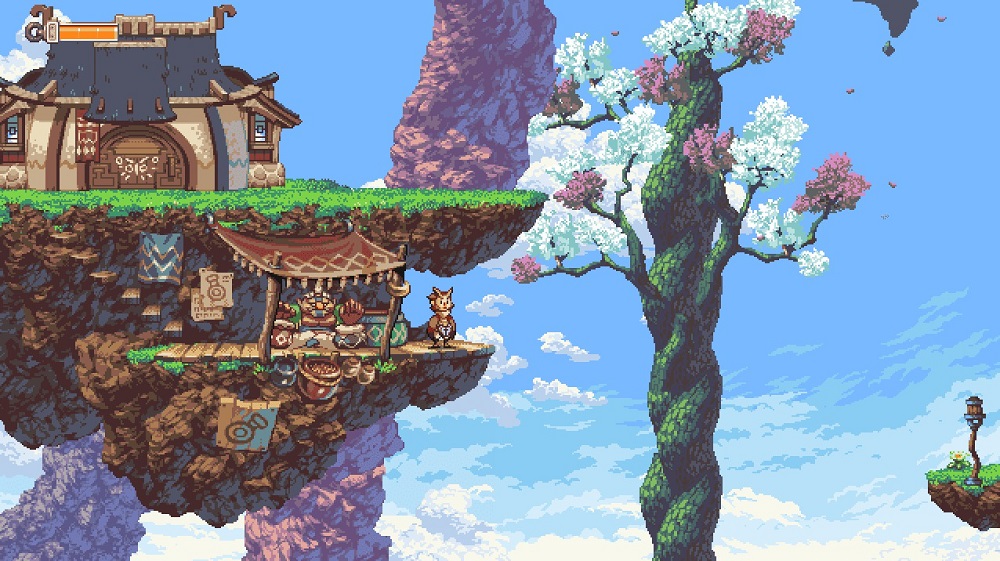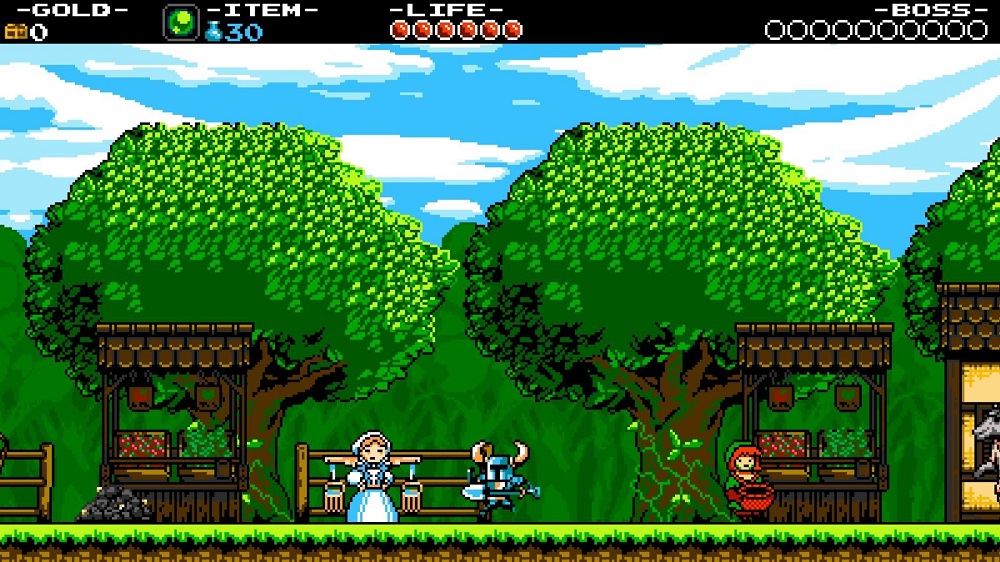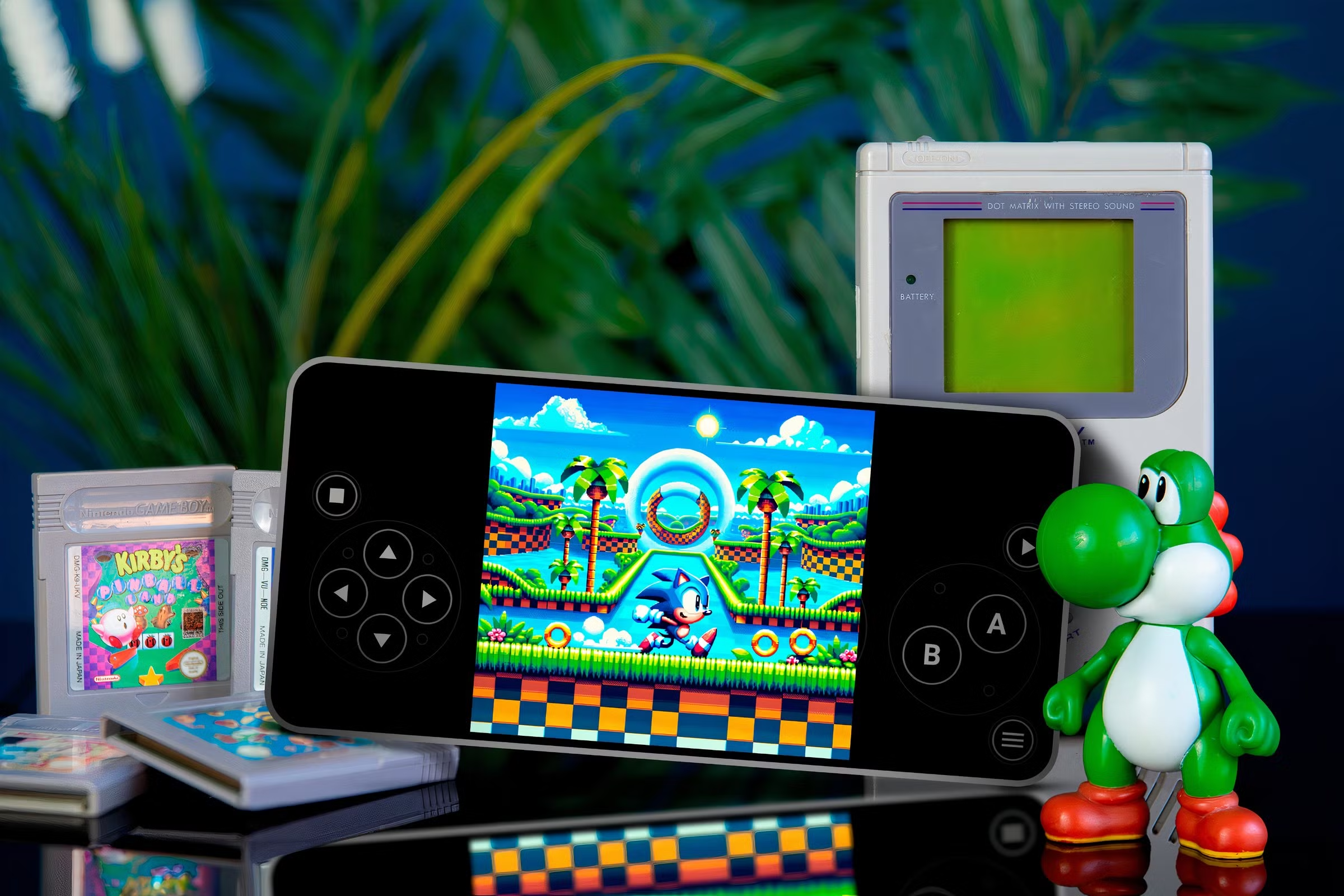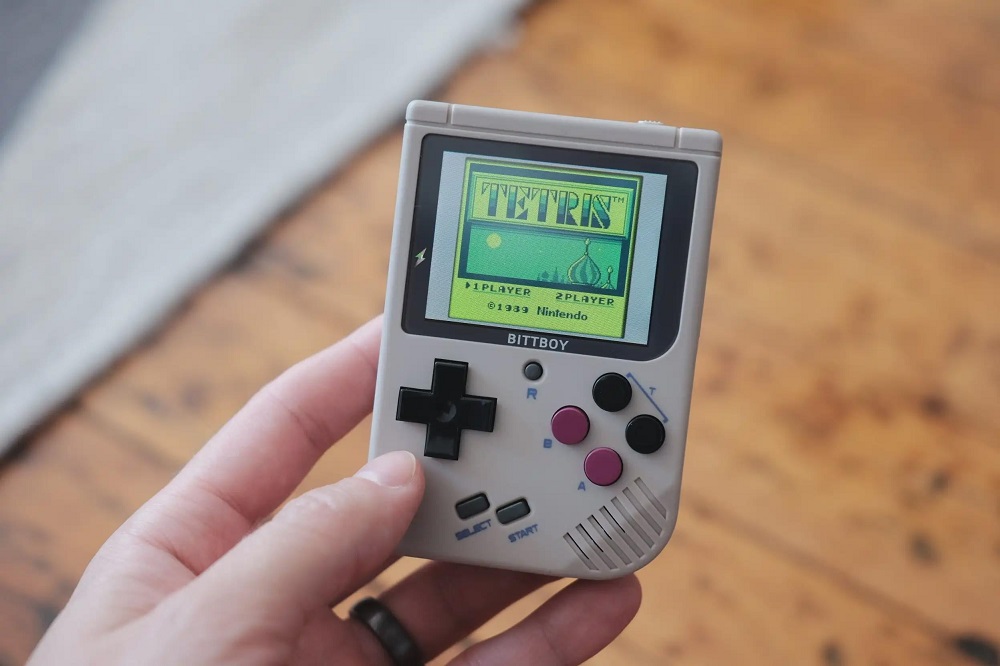Before polygons and photorealism, video games spoke in pixels. From Mario’s red overalls to Sonic’s blue blur, pixel art didn’t just define characters — it defined an era. For many retro gamers, pixel art is as iconic as the consoles themselves.
But as technology advances, one question lingers: How do we preserve pixel art so future generations can appreciate it?
At Oldies Nest, we believe pixel art is more than nostalgia. It’s a cultural artifact. This article explores how fans, archivists, and creators work tirelessly to keep sprites alive.
Why Pixel Art Matters

Pixel art isn’t just a limitation of old hardware; it’s a deliberate art form.
- Style Over Realism: Games like The Legend of Zelda (NES) or Chrono Trigger (SNES) show how a few pixels can convey deep emotion.
- Timeless Aesthetic: Pixel graphics age gracefully compared to early 3D models.
- Cultural Identity: From arcade cabinets to handhelds, pixel art is synonymous with retro gaming.
This is why Pixel Art: A Lasting Legacy of Retro Gaming highlighted it as one of gaming’s most enduring artistic achievements.
The Challenges of Preserving Pixel Art

Preserving pixel art isn’t as simple as keeping cartridges. Challenges include:
- Hardware Degradation: CRT TVs and original consoles are harder to find.
- Resolution Scaling: Modern HD screens blur or distort original pixel ratios.
- Lost Assets: Some sprite sheets were never officially archived.
- Copyright Issues: Legal restrictions prevent easy distribution of original art.
Without fan intervention, much of this history could fade away.
Emulation as a Preservation Tool

One of the most important methods of preservation is emulation.
- Emulators replicate original console hardware on modern devices.
- Pixel-perfect settings ensure sprites appear exactly as intended.
- Tools like shaders can simulate CRT scanlines for authentic visuals.
As explored in How Emulators Keep Retro Games Alive, emulation is vital for keeping both games and their art accessible.
Sprite Ripping and Online Archives
Fans often “rip” sprites directly from ROMs, creating sprite sheets shared online.
- Sites like The Spriters Resource catalog thousands of characters.
- Artists use these assets for fan games, mods, and preservation.
- Communities often collaborate to clean up or upscale sprites.
These archives act as living museums, ensuring every sprite — from Mega Man to obscure arcade enemies — is remembered.
Fan Remakes and HD Upscaling
Fans also preserve pixel art by reimagining it in HD.
- Projects like AM2R (Another Metroid 2 Remake) reworked old sprites with modern clarity.
- AI-assisted tools upscale low-res art into sharper forms.
- While controversial, these efforts highlight how fans adapt preservation to modern standards.
The result is a mix of authentic replication and creative reinterpretation.
Homebrew and ROM Hacks
Pixel art thrives in the homebrew and ROM hacking scene.
- Modders create new sprites for classic games.
- Hacks introduce new characters, costumes, or art styles.
- Entirely new pixel-based games are developed for retro hardware.
These communities not only preserve pixel art but expand upon it, keeping the tradition alive.
Modern Games Inspired by Pixel Art

Preservation isn’t just about the past. Modern indie developers carry the torch:
- Shovel Knight and Celeste use pixel aesthetics while introducing new mechanics.
- Developers treat pixel art as a deliberate design choice, not a limitation.
- Fans see these games as a bridge between retro and modern creativity.
Pixel art preservation thrives because it’s still being practiced today.
The Role of Collectors
Retro collectors contribute by archiving and scanning box art, manuals, and promotional material.
- Many manuals included sprite illustrations or concept art.
- Collectors digitize these materials for public access.
- Communities often collaborate to ensure high-quality preservation.
This complements digital sprite archives, offering contextual history.
Online Communities: The Heart of Preservation
Communities on Reddit, Discord, and fan forums are where much of the work happens.
- Groups collaborate to preserve sprites from obscure titles.
- Artists remix and share sprite sheets for creative use.
- Fans celebrate pixel art through challenges, fan art, and competitions.
It’s this grassroots effort that ensures sprites never fade away.
Looking Ahead: Pixel Art in 2025 and Beyond
As technology advances, pixel art preservation faces new opportunities:
- FPGA consoles replicate original hardware with accuracy.
- AI tools assist in restoring damaged or incomplete art.
- Legal digital libraries may emerge as publishers embrace preservation.
Even as gaming evolves, fans continue to prove that pixel art will remain timeless.
Pixel art isn’t just nostalgia; it’s history. Each sprite tells a story — of hardware limits, artistic ingenuity, and cultural impact.
Thanks to fans, emulators, sprite archives, and indie creators, this art form remains vibrant in 2025. Whether you’re playing on an emulator, browsing sprite sheets, or collecting old cartridges, you’re helping keep the pixels alive.
For retro fans, preserving pixel art is more than a hobby. It’s a way of ensuring that the soul of gaming’s past continues to inspire the future.


